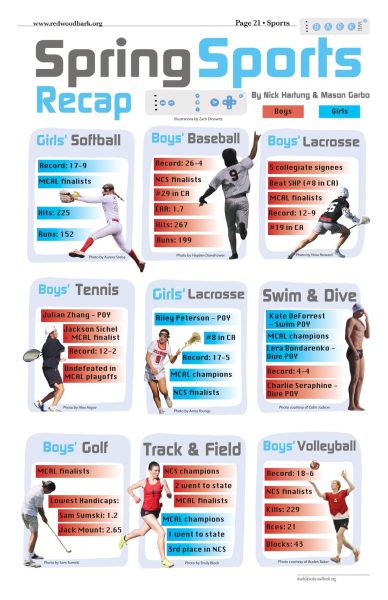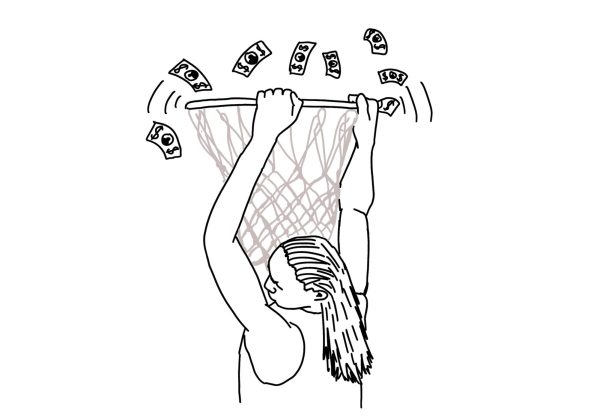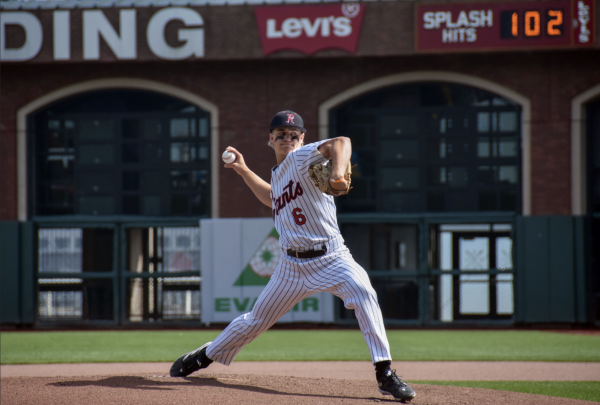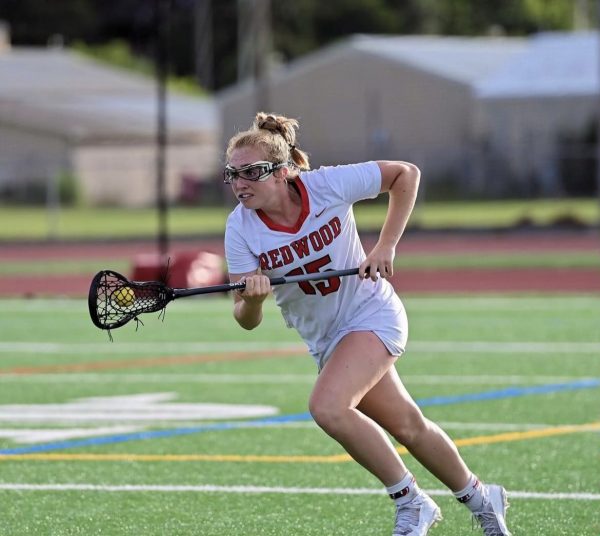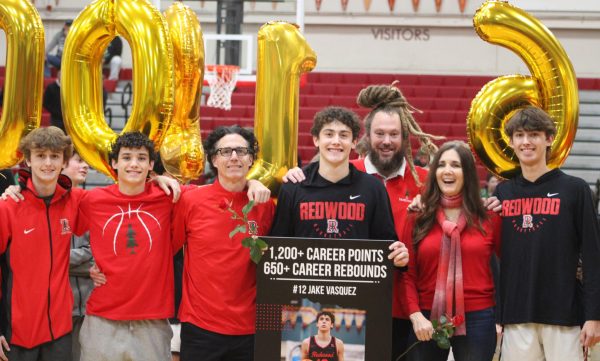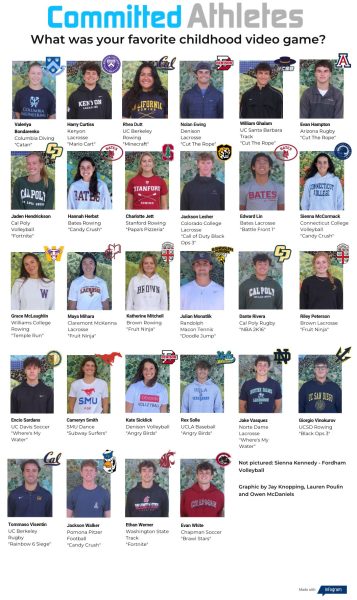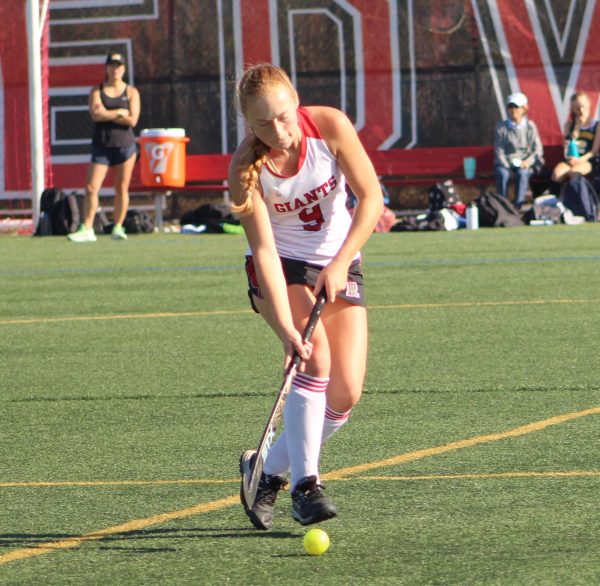Redwood’s coaches adjust to COVID-19’s game plan
October 21, 2020
It is a warm, sunny October afternoon at Redwood, yet the fields are still and empty. This time last year, students would be rushing to games and coaches would be preparing for difficult practices in the middle of the season. This year, sports teams are just beginning to prepare for the fall season, as they have been delayed until this winter. To remain safe and healthy, teams are practicing in pods and remaining six feet apart. Currently, coaches are doing their best to adjust to the complicated situation and prepare for whatever the remainder of the season might bring.
As the fields open up, teams are beginning to gather again with new safety precautions in place. Ursula Gruenter, the girls’ varsity volleyball coach, explains that her team is just beginning to train again.
“I am now in a position where I feel a little more comfortable to have a socially distant workout outside. Before, I was really nervous about exposing kids [to COVID-19]. I really wanted to make sure that I wasn’t bringing too many ki
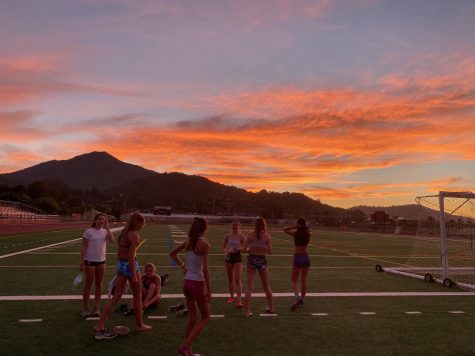
ds together in an unsafe area that was going to be a potential risk,” Gruenert said. “I’m just trying to find the best way to keep the kids motivated and excited about the season.”
The football team is also beginning to train for their season with pods of 10 people that rotate every two to three weeks. The team’s spring training last school year was canceled and they are still not allowed in the weight room. Right now, the team is focusing solely on conditioning because they are not permitted to have any physical contact. Even for sports that do not require contact in the first place, like cross country, social distancing can still be a problem. The cross country and track and field coach, Nicole Graydon, expresses her concern with the social distancing during the team’s preseason workouts.
“It’s hard because you’re running by people or you’re running with a group, which is such a big part of cross country. It’s a huge part of your race strategy, who you pack up with, [so] they still get close,” Graydon said.
The teams, composed of five pods of cross country runners and one pod of track and field athletes, have been practicing since July and have had COVID-19 symptom surveys before each practice. With all fall sports delayed until the winter, cross country and track will have consecutive seasons. The switch to the winter season brings another obstacle; athletes will be forced to pick between concurring sports. Track and field, a popular sport for athletes to play during the offseason of their main sport, is going to be highly affected by this switch.
“The football players and soccer players are going to be a big loss. Girls and boys soccer players are great mid-distance sprinters,” Graydon said. “I just feel bad for [the] kids at this point. I have kids in classes who have to choose between basketball and lacrosse and they’re just sad.”
In addition, the winter season is going to be very crowded and teams are nervous about a lack of space to practice and play. The boys’ and girls’ golf seasons are both going to be compressed and their coach, Dean Rider, expressed concern about space at golf courses. Luckily, the Meadow Club has agreed to host Redwood’s teams this year.
Gruenert also worries about court space for the volleyball team because volleyball, basketball and cheerleading will now have to share Redwood’s two gyms for the winter.
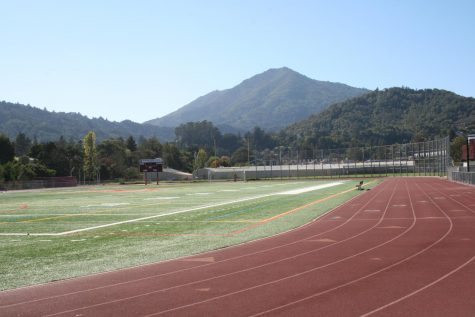
Another obstacle to playing in the winter is the weather, which could be a difficult adjustment for teams who are accustomed to California’s warm and sunny fall. Allen Talley, the varsity football coach, explains that the team is going to have to adapt to the weather patterns of the winter.
“We’re fortunate during our football seasons since we have late summers. We don’t get rain until the end of the year, [and] we don’t have to worry about snow,” said T
alley. “We are not used to playing in the rain that much, so that should be a little different.”
Along the sideline, cheer is also adjusting to a socially-distanced winter season. This year, the chance of stunting is very low, as they would be too close to one another. According to coach Shannon McGuiness, students can expect to see cheerleaders during the time-outs of the possibly live-broadcasted football games sticking to dance moves.
As of now, the winter season is scheduled to take place with games starting in January and coaches are looking forward to the action and are ready to face whatever challenges the year may bring.
“It was the first time in 20 years that I haven’t coached football in the fall,” Talley said. “I’ve told everybody, ‘You don’t know [what is going to happen], expect the change.’ But if we’re able to play, and play safely, that’s what I’m looking forward to.”








